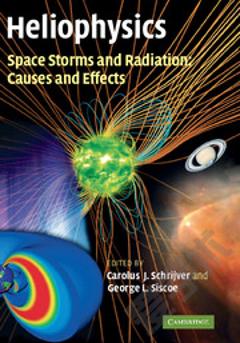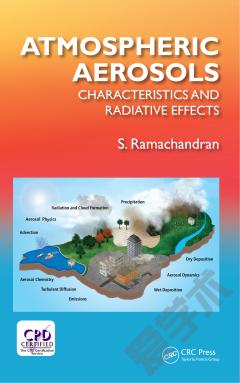Heliophysics: Space Storms and Radiation: Causes and Effects
Heliophysics is a fast-developing scientific discipline that integrates studies of the Sunâs variability, the surrounding heliosphere, and the environment and climate of planets. Over the past few centuries, our understanding of how the Sun drives space weather and climate on the Earth and other planets has advanced at an ever increasing rate. The Sun is a magnetically variable star and, for planets with intrinsic magnetic fields, planets with atmospheres, or planets like Earth with both, there are profound consequences. This volume, the second in a series of three heliophysics texts, integrates the many aspects of space storms and the energetic radiation associated with them â from their causes on the Sun to their effects in planetary environments. It reviews the physical processes in solar flares and coronal mass ejections, interplanetary shocks, and particle acceleration and transport, and considers many of the space weather responses in geospace. Historical space weather observations, in-situ particle measurement techniques, radiative emissions from energetic particles, and impacts of space weather on people and technology in space are also reviewed. In addition to its utility as a textbook, it also constitutes a foundational reference for researchers in the fields of heliophysics, astrophysics, plasma physics, space physics, solar physics, aeronomy, space weather, planetary science, and climate science. Additional online resources, including lecture presentations and other teaching materials, can be accessed at www.cambridge.org/9780521760515.
{{comment.content}}








 京公网安备 11010802027623号
京公网安备 11010802027623号